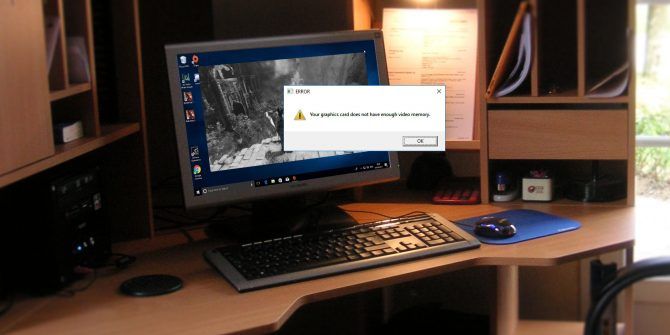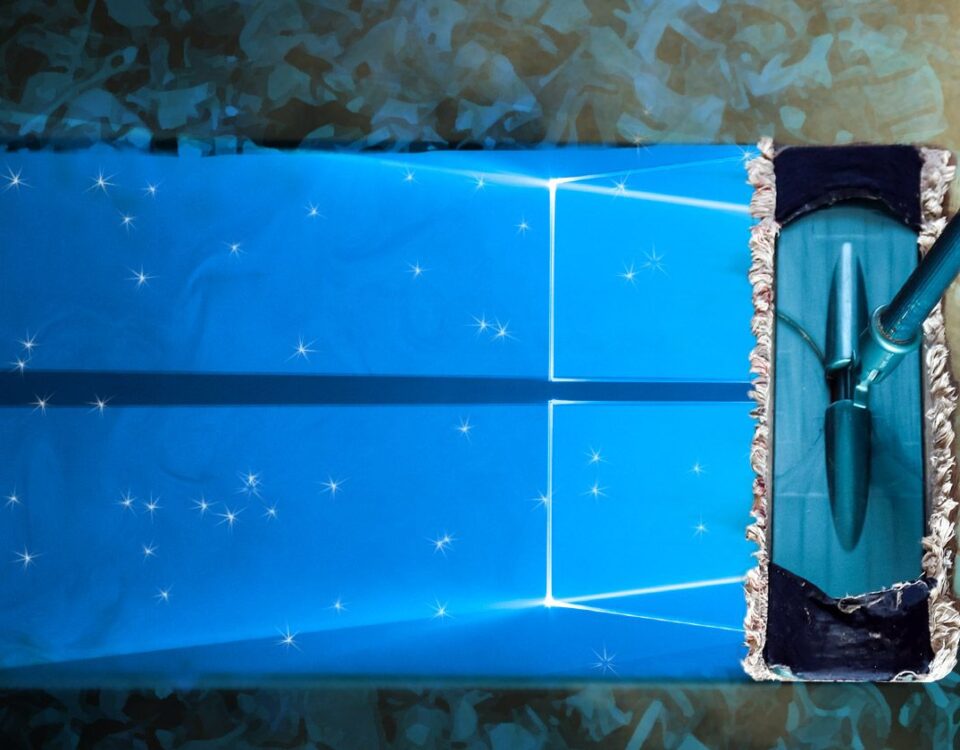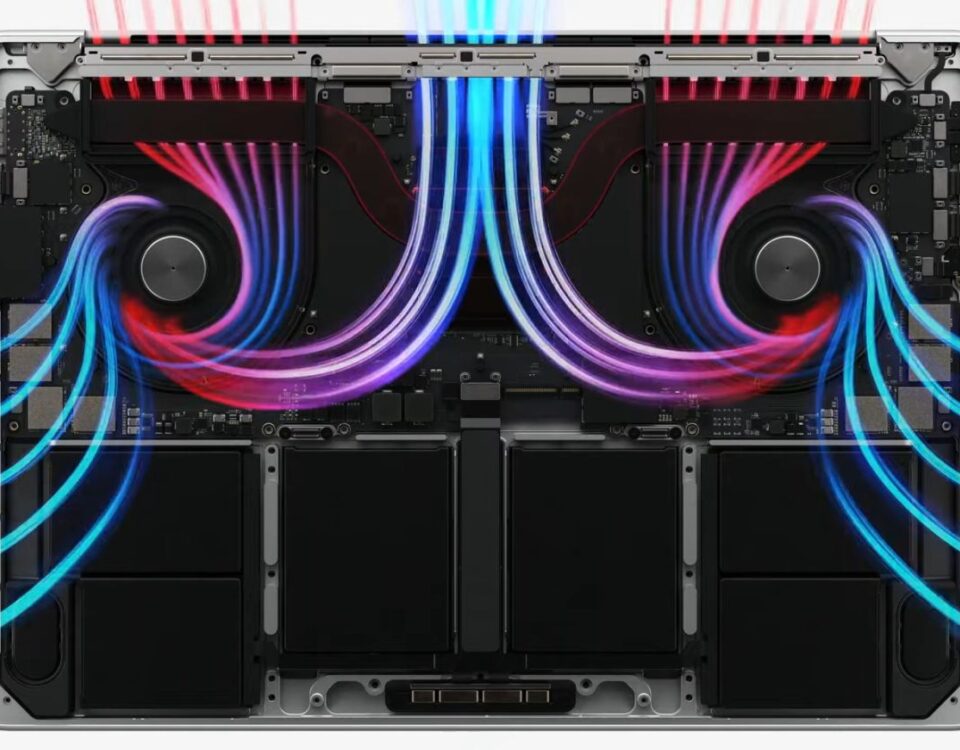
3 Easy Ways to Fix the IRQL_NOT_LESS_OR_EQUAL Error in Windows 10
14 febrero, 2021
How to Fix Third-Party App Crashes in Windows 10
14 febrero, 2021How to Safely Share Your Windows 10 PC With Separate User Accounts

Cómo compartir de forma segura su PC de Windows 10 con cuentas de usuario separadas
There are many reasons why you’d want to share your PC with others. Whether you want to have one computer for your whole family or want to use the same PC for business purposes, being able to switch between users is an ideal solution.
When you create separate user accounts on the same PC, you not only keep everyone’s files and settings separate, but you’re also ensuring that everyone’s data is safe. Setting up multiple Windows user accounts for each family member is the solution.
The process for creating multiple Windows 10 user accounts is simple, and we’ll show you how you can do it.
When May You Need to Share Your Windows 10 PC With Other People?
There are various situations when you might need to share your PC with others. These include:
1. At Work
If you’re a business owner, adding multiple users to the same Windows 10 PC can be cost-effective—especially if your employees use a computer on a part-time basis. This also makes it possible to share files more easily.
2. At Home
Creating multiple user accounts on the same PC can be advantageous if you want to share the same PC with everyone else in your family. If you work from home and depend on your PC, this strategy can help secure all your work.
3. In Public Places
If you work at a public institution, such as a library, then you’ll definitely have numerous people using the same computer. Creating multiple user accounts will be an excellent solution that’ll help you and everyone else stay safe when using public computers.
How to Create a New User Account on Windows 10 Using a Microsoft Account
Windows 10 makes it easy for you to share the same PC with other people. When you add a user, the person gets their own desktop settings, storage limits, and has access to only their own files and folders. What’s also great is that you, and the people you share your PC with, will always have the freedom to change your default apps and settings in Windows 10.
As the administrator, it’s easy to create multiple user accounts on your PC using a Microsoft account. First, go to Start > Settings > Accounts > Other people.
To create a new user account, click Add someone else to this PC. You’ll then need to provide an email address that’s tied to a Microsoft account—any other email address won’t work. From here, click Next.
If you’re creating an account for someone who doesn’t have a Microsoft account email address, you can simply click Add someone else to this PC and click I don’t have this person’s sign-in information.
You can create a user account by using a person’s existing non-Microsoft account email address. You should note that this email address will then be linked to a Microsoft account.
Alternatively, you can create a user account by first creating a new Outlook email address for the user. To do this, click Get a new email address. You’ll then need to create a password, select the user’s country of residence, and fill in their date of birth. When you’re done, click Next.
The new user account will now appear on your PC’s list of users. You can always change your login name on Windows 10, and the other people you share your PC with will have the same privileges.
How to Create a New User Account on Windows 10 Without Using a Microsoft Account
You can still create a user account for someone who doesn’t have an Outlook email account and would rather not use a Microsoft account. The same applies to someone who wouldn’t like their non-Microsoft email address to be linked to a Microsoft account.
To do this, click Start > Settings > Accounts > Other people > Add someone else to this PC > I don’t have this person’s sign-in information > Add a user without a Microsoft account.
2. On the screen that appears, you can then fill in the person’s information. You’ll need to create a user name and a password. Click Next, and the user account will be ready.
When you create a Windows 10 user account without using a Microsoft account, it’s called a local account. Unlike a Microsoft account, a local account won’t sync settings between devices and won’t allow the account owner to install any apps from the Microsoft Store. It also won’t give the account owner access to OneDrive.
To be able to install desktop applications, the local account owner will be prompted for the password of the administrator’s account, which will be yours in this case. For this reason, you’ll have to be nearby to type in the password or you’ll have to provide it to the local account owner. It’s advisable that you create a local account for someone who won’t be using any of Microsoft’s products and services.
How to Create a New User Account for a Colleague or Student
If you’d like to create a user account for a co-worker or a student, click Start > Settings > Accounts > Other people > Add a work or school user.
Next, you’ll have to enter the person’s account information and then select the relevant account type. When you finish, click Add. The user account will be ready.
Managing Accounts on Your Windows 10 PC
Once you’ve created the accounts needed on your PC, you can use a few methods to manage them efficiently.
1. Changing Account Types
As the PC administrator, you can set up and manage all the user accounts on your Windows 10 computer. You can grant administrator access to someone else by clicking Settings > Accounts > Other users.
From here, click the account to which you want to give administrator rights. Click Change account type, change the account type from Standard user to Administrator and then click OK.
2. Switching Between Accounts
Once you’ve created accounts for other users, it’s easy to switch from one account to the other. To do this, press Ctrl + Alt + Delete, select Switch user, and choose the account you’d like to switch to. You can then enter the account password and get started.
If you’d like to close an account before you switch, you need to log out or restart the PC. From there, you can choose the user you’d like to switch to and then enter the appropriate password.
3. Removing Accounts
As the administrator, it’s also easy for you to remove user accounts. To do this, click Settings > Accounts > Other users, click the account you want to remove and then click Remove. On the screen that appears, click Delete account and data.
You’re Ready to Safely Share Your Windows 10 PC With Other People
Setting up multiple user accounts on your Windows 10 PC is an easy and cost-effective strategy. Whether you want to share your computer at work, at home, or in public spaces, multiple user accounts will help you do this safely. Now that you can create multiple user accounts, you also need to know how to lock down user accounts so that your PC can always be secure.
About The Author






